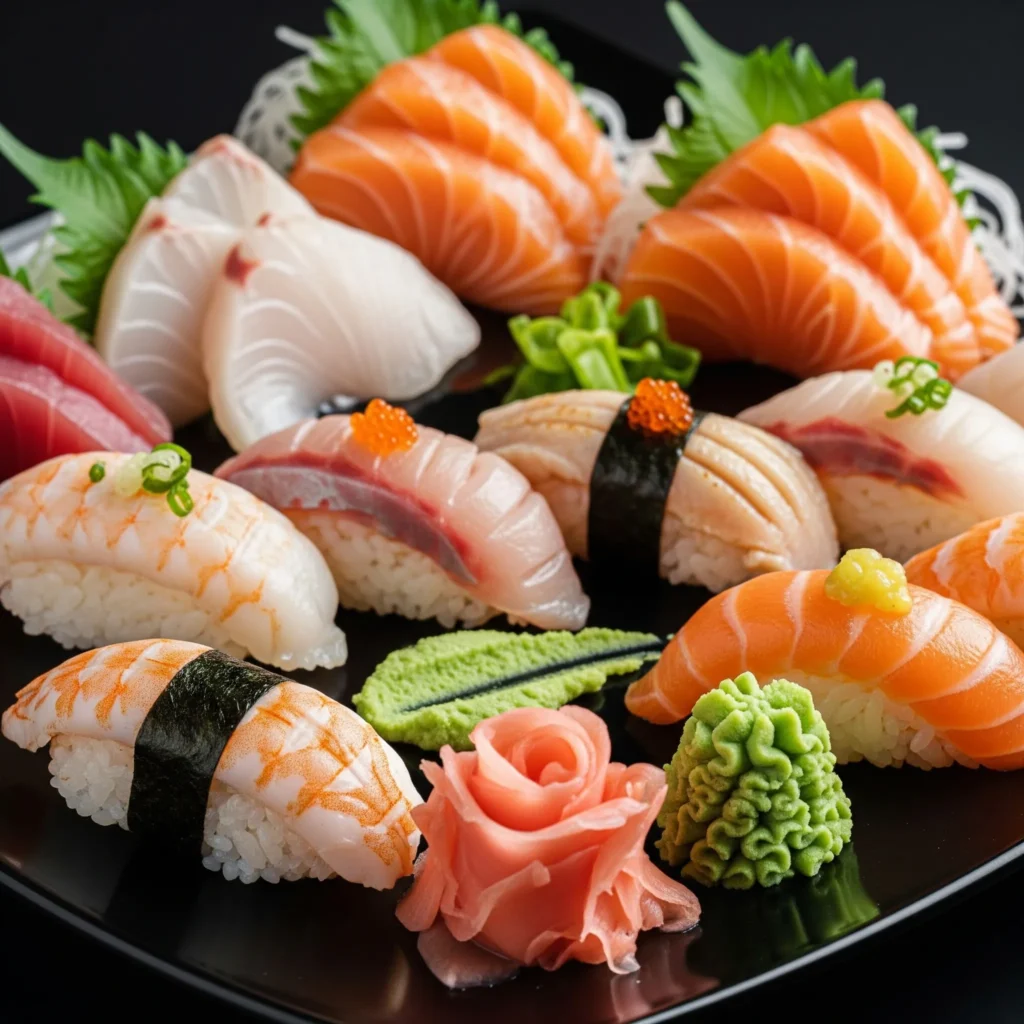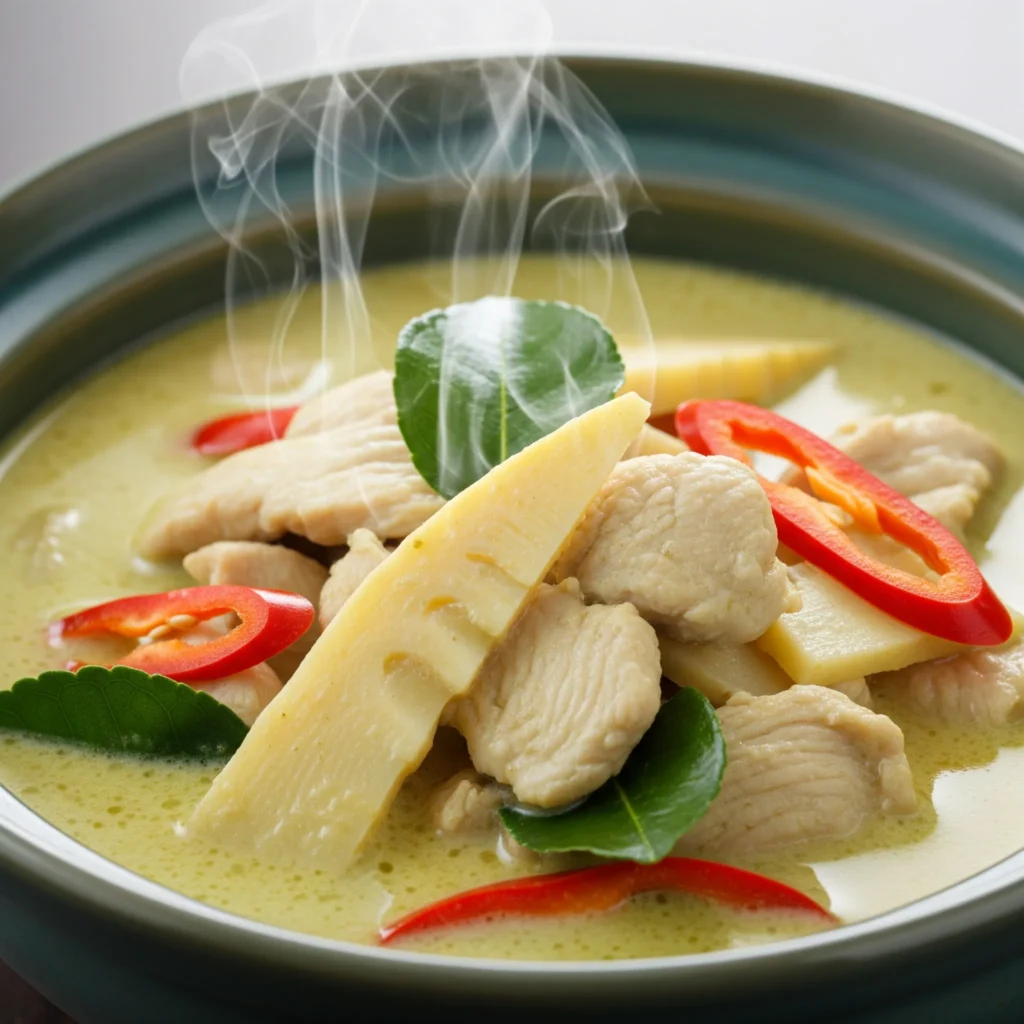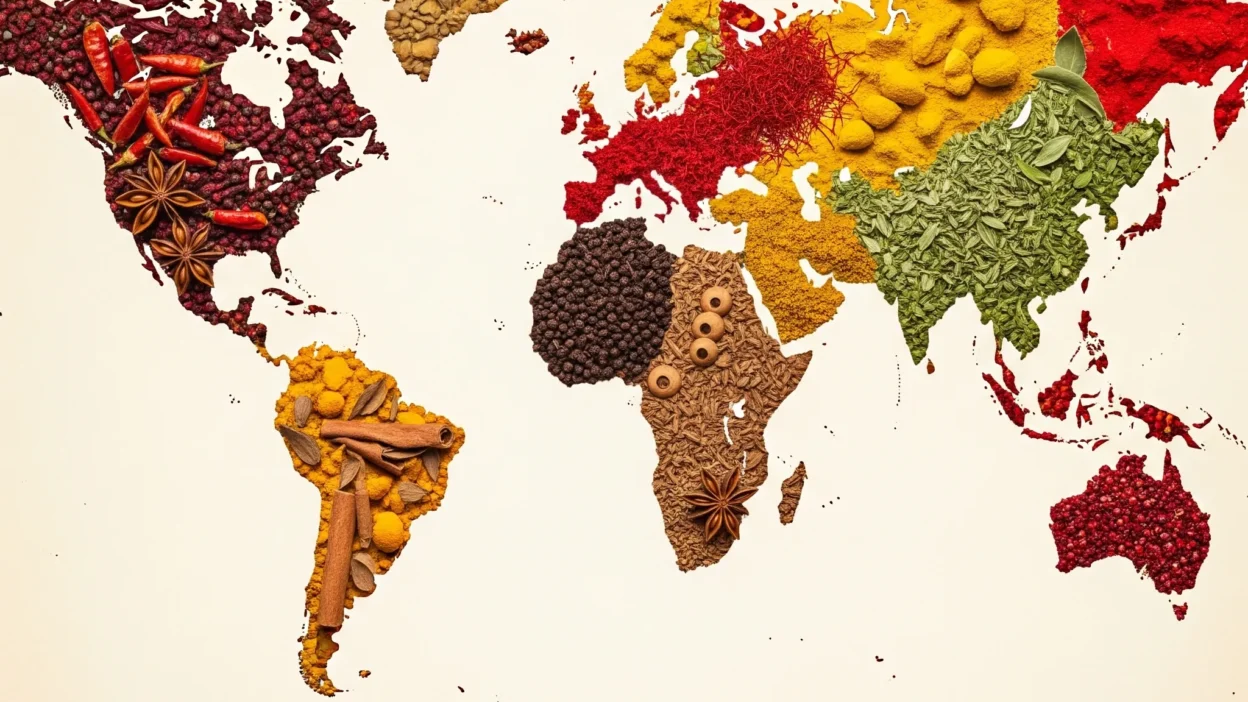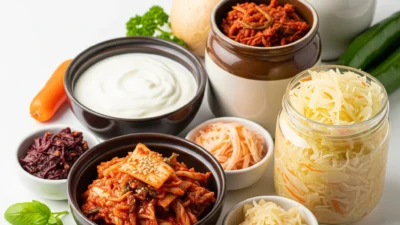Ever wonder about the story behind your favorite slice of pizza or that comforting bowl of ramen? Food is so much more than just fuel; it’s a doorway to culture, a history lesson on a plate, and a way we connect with people around the globe. This post is your passport to exploring global cuisines, taking you on a whirlwind tour of some of the world’s most beloved food traditions. So, grab your fork (or chopsticks!) and let’s dive in.
Italy: The Heart of Comfort and Simplicity
When you think of Italian food, pizza and pasta probably leap to mind. And for good reason! But the soul of Italian cooking lies in its beautiful simplicity. Rather than complex techniques, Italian chefs celebrate high-quality, fresh ingredients. Think sun-ripened tomatoes, fragrant basil, and golden olive oil.
The classic Margherita pizza, for instance, wasn’t born in a fancy restaurant. Instead, cooks in Naples created it to honor Queen Margherita of Savoy, using the colors of the Italian flag: red (tomato), white (mozzarella), and green (basil). It’s a perfect example of how Italian food tells a story. This focus on fresh, regional ingredients is a cornerstone you’ll find when exploring global cuisines from this part of Europe.
Japan: A Masterclass in Harmony and Precision
Next up, we travel to Japan, a country whose cuisine is a true art form. Japanese food, from sushi to ramen, is all about balance, precision, and respecting the natural flavor of the ingredients. The concept of umami—the fifth taste, a savory depth—is central to many dishes.
So, where did sushi come from? Interestingly, its origins lie in Southeast Asia as a method for preserving fish in fermented rice. Japan later refined this practice into the fresh, delicate art we know today. Similarly, ramen has become a global obsession, with each region of Japan boasting its own unique broth and noodle style. The key ingredients you’ll find here are top-quality rice, fresh seafood, seaweed, and fermented products like soy sauce and miso.
For a deep dive into the history, learn more about the evolution of sushi on Wikipedia.

Mexico: A Fiesta of Spice and Heritage
Mexican food is a vibrant, bold, and deeply complex tradition that earned a spot on UNESCO’s Intangible Cultural Heritage list. It’s a cuisine that sings with flavor, built on a foundation of a few essential staples.
What’s the staple food in Mexico? The answer is undoubtedly corn (maize). From the tortillas that wrap tacos and enchiladas to the masa used in tamales, corn is the heart of Mexican cooking. Furthermore, beans, chilies of every heat level, fresh cilantro, and tangy lime create the flavor profiles that people around the world crave. This cuisine is a celebration, meant to be shared with family and friends.
Thailand: The Art of Perfect Balance
Thai food is an explosion of flavor that masterfully balances four key elements: sweet, sour, salty, and spicy. A single bite of a Thai curry can take your taste buds on an incredible journey. This complex harmony is what makes the cuisine so addictive and unique.
The architects of these flavors are ingredients like lemongrass, galangal (a relative of ginger), kaffir lime leaves, fish sauce, and, of course, fiery Thai chilies. Whether it’s a bowl of Pad Thai from a street vendor in Bangkok or a creamy Green Curry, you can be sure every ingredient plays a crucial role in creating a perfectly balanced dish. It’s a fantastic stop on our tour of exploring global cuisines.

Your Culinary Adventure Awaits
From the rustic kitchens of Italy to the bustling street markets of Thailand, every dish has a story. This journey is just a small taste of the rich tapestry of flavors the world has to offer. We hope this guide inspires your own adventure of exploring global cuisines, whether in your own kitchen or on your next trip.





